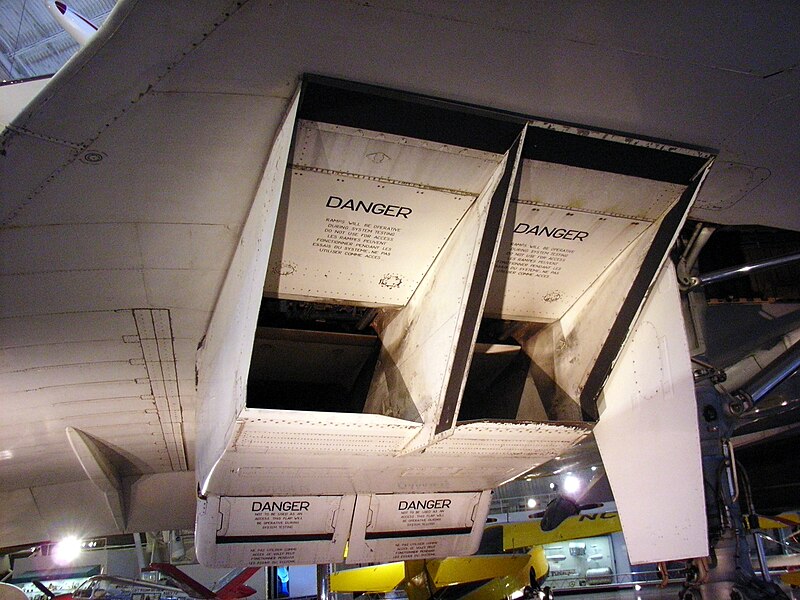From Paris to New York in 3 Hours: The Incredible Feats of the Concorde
HELLO AND WELCOME TO MY BLOG!
Hello and welcome, aviation enthusiasts! Today, we are going to talk about the iconic supersonic airliner, the Concorde. If you have ever dreamed of traveling faster than the speed of sound, then this article is for you. So, fasten your seatbelts, and let's take off! Oh, by the way, that's my twentieth article on this blog and this was my pleasure to inform you as always!
The Concorde was a joint project between the British and French governments, and it made its first commercial flight in 1976. It was the only supersonic commercial airliner ever produced, and it could fly at a speed of Mach 2.04 (around 1,354 miles per hour). This means that it could travel from New York to London in just over three hours, compared to the usual seven or eight hours it takes a subsonic aircraft to make the same journey.
The Concorde was actually designed with a sleek and pointed shape that gives it a bit of a dart or missile-like appearance. But don't worry, it's not actually a weapon! The unique design was all about reducing drag and improving efficiency when flying at supersonic speeds. Another interesting fact is that the Concorde was designed to fly at a higher altitude than regular commercial aircraft, which meant that its passengers could see the curvature of the Earth.
Sadly, the Concorde's commercial service came to an end in 2003, following a tragic accident in 2000. The aircraft, which was operated by Air France, crashed shortly after takeoff from Paris, killing all 109 souls on board, as well as four people on the ground. Investigations later revealed that the crash was caused by a piece of debris on the runway, which punctured one of the aircraft's tires and sent fragments flying into the fuel tank, causing a catastrophic explosion.
Despite this tragic event, the Concorde will always be remembered as a groundbreaking aircraft that pushed the boundaries of what was possible in commercial aviation. It was a true engineering marvel that captured the imagination of people all around the world.
Now, let's end on a lighter note with a few aviation jokes. Why did the plane break up with the runway? Because it was tired of being grounded!
That's all for now, folks. We hope you enjoyed this article on the Concorde. Stay tuned for more exciting aviation content in the future!
Oh, by the way, Just wanted to remind you that in addition to my aviation blog, I also have another blog dedicated to the extraordinary stories from history. It's called historyisextraordinary.blogspot.com, and it's packed with interesting and hilarious tales from the past. If you're a fan of learning about history in a fun and engaging way, then be sure to check it out! Who knows, you might just learn something new, or at least have a good laugh. Let me know in the comments if you're interested in hearing more!

_-_53Fi1931_-_cropped.jpg/1024px-02.03.69_1er_vol_de_Concorde_(1969)_-_53Fi1931_-_cropped.jpg)



_short-lived_Pepsi_logojet.jpg)
Comments
Post a Comment